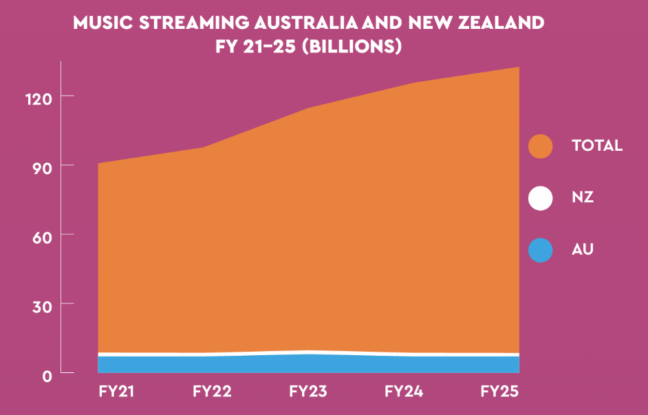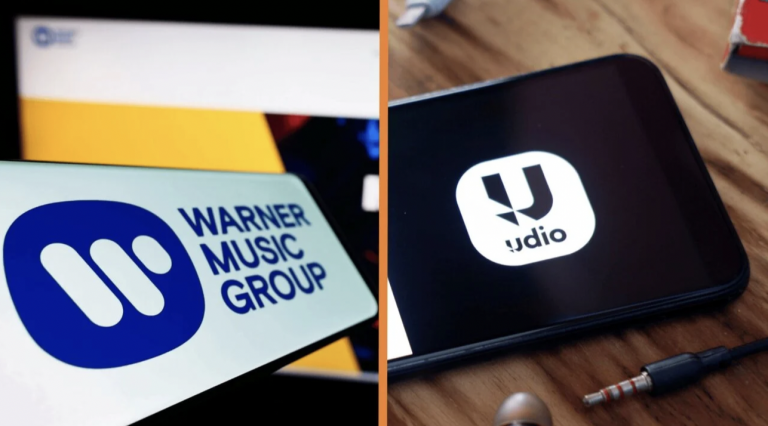
ACDC, Photographer: Ben Houdijk
The way people discover music has shifted dramatically in the streaming era. Algorithms now guide much of what listeners hear. However, new data suggests they may be sidelining local artists in Australia and New Zealand. Despite booming global consumption, the share of locally written or composed music streamed in these countries has dropped sharply.
The Decline of Local Music
According to APRA AMCOS, the rights management organization for songwriters and publishers, local music’s share of streams in Australia and New Zealand has fallen by 31% over the past five years. It now accounts for just 9.5% of streams in 2024–2025. During the same period, overall music consumption on streaming and user-generated content platforms has grown by 50%. Furthermore, APRA AMCOS’ revenue continues to rise, reaching AUD $787.9 million in the latest fiscal year, with distributions to rights holders up nearly 8%. The paradox is clear: the industry is thriving, but local voices are struggling to be heard.

Dean Ormston, CEO of APRA AMCOS, believes algorithms may be part of the problem. “Australians and New Zealanders are world-leading music fans… yet the ability for our members to be seen and heard is becoming more difficult every year,” he said. He emphasized that local artists are writing global hits and filling international venues. Yet recommendation systems favor scale, allowing international repertoire to dominate by default.
A Global Challenge
This concern extends beyond Australasia. For example, Believe CEO Denis Ladegaillerie has warned of an “Anglo-American monoculture” in Europe, where local streaming shares remain modest compared to countries like the U.S., Japan, or Brazil. However, research by music economist Will Page complicates the picture. His findings show that in markets such as France and Germany, local acts dominate the top of the charts, even if their presence fades outside the biggest hits.
Ultimately, the debate highlights a critical tension. Streaming has expanded access to music worldwide, but it may also be narrowing the cultural diversity of what listeners actually hear. For Australia and New Zealand, the challenge is ensuring that local artists do not get lost in the algorithm. Policymakers, industry leaders, and fans alike will need to consider how to support domestic talent so that the next generation of global hits does not come at the cost of silencing voices at home.





